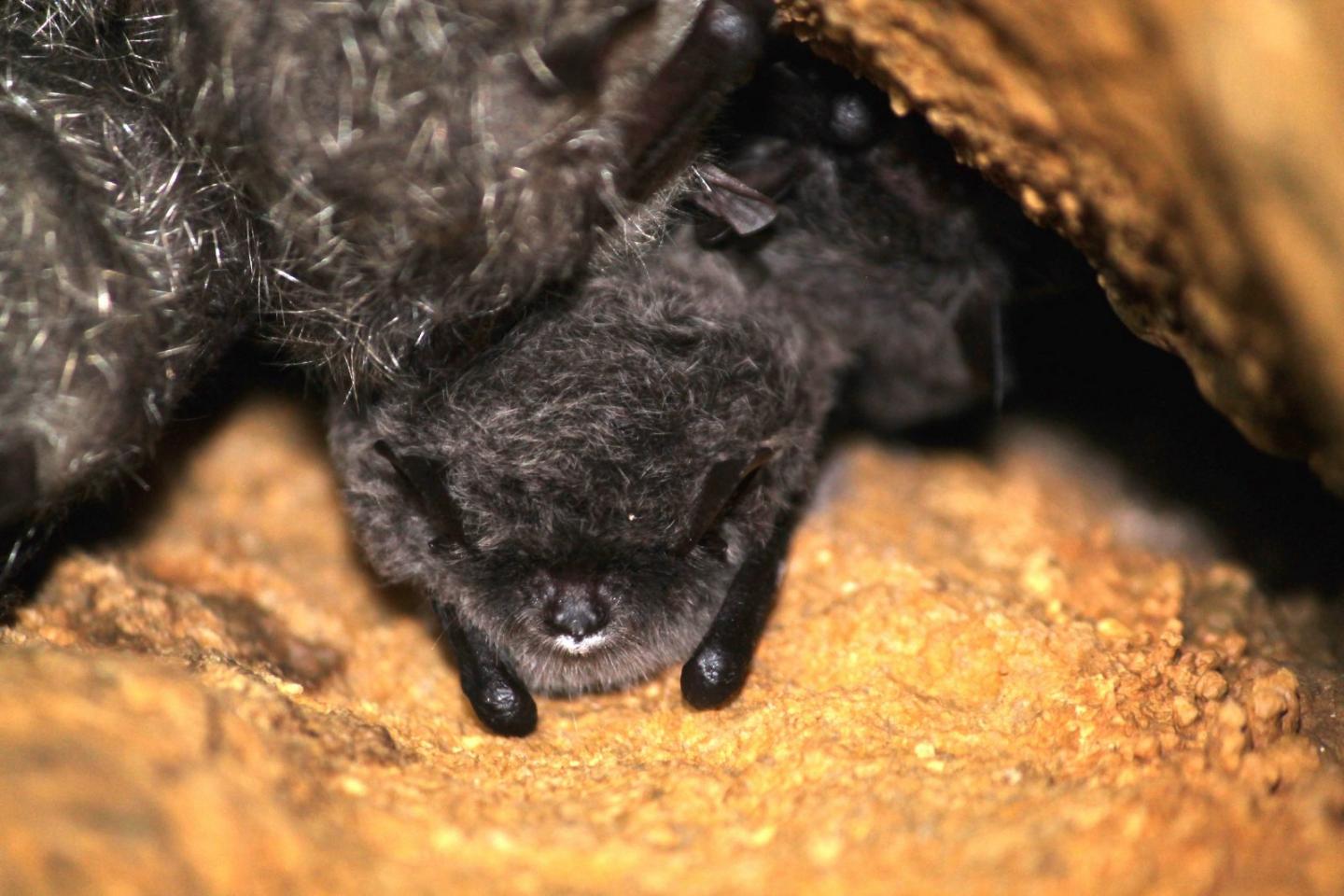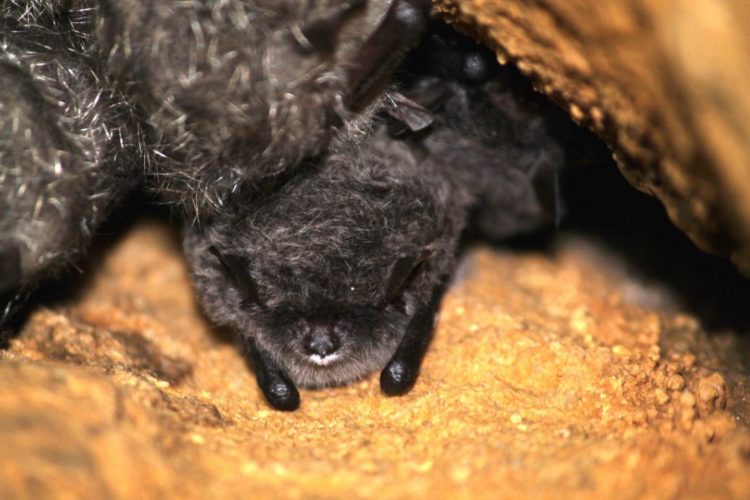
Credit: Virginia Tech
Since 2005, millions of bats have perished from white-nose syndrome, a disease caused by the fungus Pseudogymnoascus destructans. Although the disease has been found throughout much of the world, severe population declines have only occurred in North America — and now researchers at Virginia Tech know why.
In a new PNAS study led by Joseph Hoyt, an assistant professor in the Department of Biological Sciences in the College of Science, researchers have found that the pathogen levels in the environment play a major role in whether bat populations are stable or experience severe declines from white-nose syndrome.
Hoyt and his international team of researchers published their findings in the Proceedings of the National Academy of Sciences on March 16.
“This study shows that more contaminated environments, or potential ‘hot spots,’ are going to result in higher disease impacts. By understanding the relationship between how much pathogen is present in the environment and the size of an outbreak, we can know exactly how much environmental sanitization is needed to reduce the epidemic potential,” said Hoyt.
When infectious diseases first arise, it is crucial to understand how the disease is being transmitted. With a pathogen like Pseudogymnoascus destructans, which can exist outside of the host, researchers looked to the environmental pathogen reservoir — or the habitat in which a pathogen persists or grows in the absence of hosts.
Pseudogymnoascus destructans is a cold-loving fungus, which resides on the walls of caves, mines, and other subterranean environments. Every year, as the cold and debilitating winter draws near, bats hibernate in these infected sites until they can return to the landscape in spring. And it is during this time that bats contract white-nose syndrome.
As Hoyt and his team journeyed out to find the historical origin of this disease, they were the first to find that the pathogen has already been present in Asia for thousands of years. In an even more astounding discovery, they found that European and Asian bat populations face little to no impacts from white-nose syndrome compared to bats in North America.
This unprecedented study revealed that the environmental pathogen reservoir in European and Asian sites decayed over the summer months, which left a smaller amount of pathogen in the environment for bats to come into contact with the following winter. In contrast, there was no decay of the pathogen in sites over the summer in North America, which resulted in widespread infection and mortality.
“The fact is that bats are experiencing much less severe infections at the beginning of the hibernation season across Europe and Asia. As a result, they are still getting infected but the process of infection is delayed relative to North American bats. So, they are experiencing far lower transmission from the environment than bats experience here in North America,” said Kate Langwig, the second author of this paper and an assistant professor in the Department of Biological Sciences in the College of Science and an affiliated faculty member of the Global Change Center, housed under the Fralin Life Sciences Institute. “The differences in the environmental reservoir are really important for driving the dynamics of the disease across space.”
With lower transmission of the pathogen and some time on their side, bats will be able to emerge from their infected roosts in just enough time to escape certain death.
“Because the pathogen decays in the environment over summer in Europe and Asia, most bats don’t become infected until mid- to late- winter, which is too late for the infections to manifest into mortality. If you have delayed transmission, then bats are able to emerge in the spring and clear infection before it can ever result in death,” said Hoyt.
This is one of the first papers to link the extent of the environmental reservoir to the size of an outbreak, the number of individuals that become infected, the severity of those infections, and population impacts.
Hoyt hopes that this paper will highlight the importance of environmental pathogen reservoirs in driving infectious disease outbreaks.
“The environmental pathogen reservoir has the potential to be really important. The idea that as you get a more contaminated environment, that scales with the degree of population impacts, is something that hasn’t really been demonstrated before,” said Hoyt.
Hoyt and his team are now trying to use findings from Eurasian bat populations to help North American bats. More specifically, they are trying to reduce the amount of pathogen in the environment in North America over summer when bats are absent from these sites.
“We are trying to replicate the pathogen decay that is happening in Europe and Asia, and delay transmission. If we can push bats to not get infected until later in the winter, then they might be able to survive until spring,” said Hoyt.
###
This project received a majority of funding from the National Science Foundation and the U.S. Fish and Wildlife Service. Additional funding was provided by the National Natural Science Foundation of China, Program for Introducing Talents to Universities, Jilin Provincial Natural Science Foundation, Mongolian State University of Education, and the Japan Society for the Promotion of Science KAKENHI.
Media Contact
Kristin Rose
[email protected]
540-231-6614
Original Source
https:/
Related Journal Article
http://dx.





